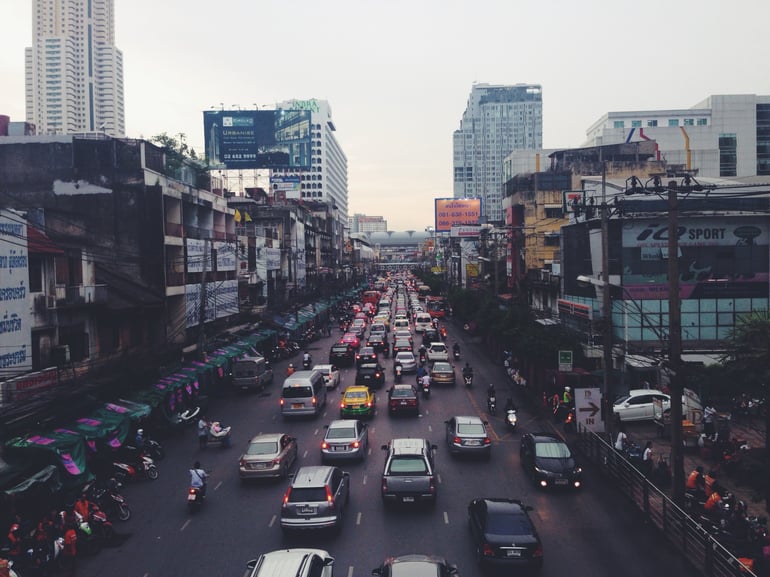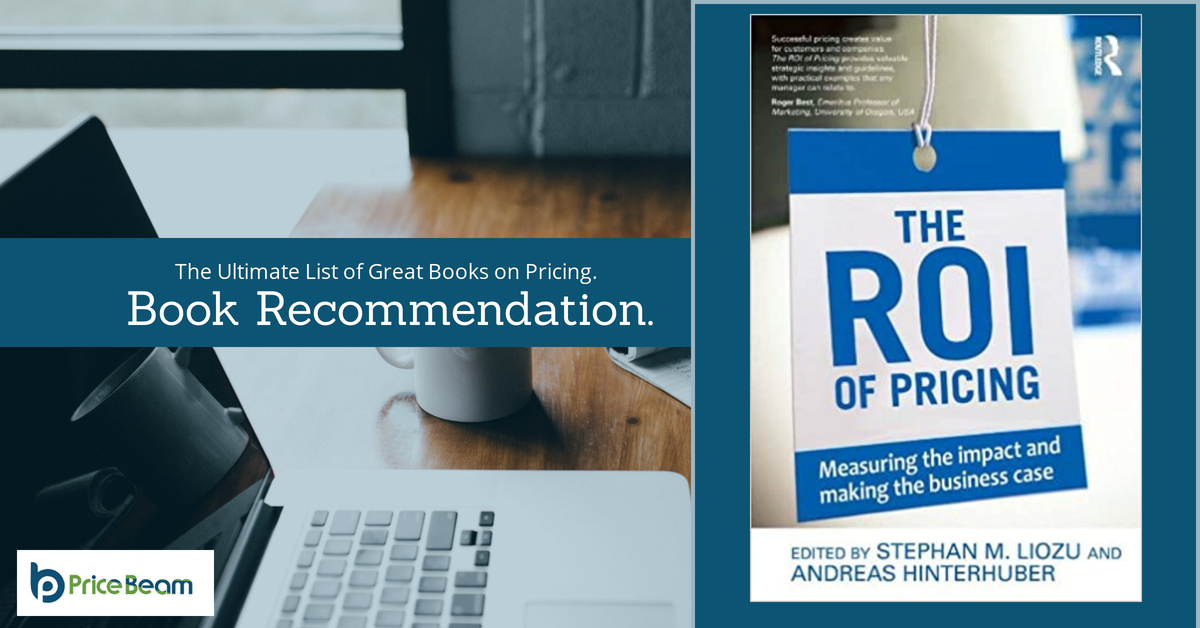City of Boston Implements Dynamic Pricing to Reduce Traffic
 PriceBeam
·
2 minute read
PriceBeam
·
2 minute read

Typically, the term "dynamic pricing" is associated with retailers, particularly e-tailers, and other businesses that rapidly adjust their prices to trends in the market landscape. While profit maximization is definitely one of the major advantages of dynamic pricing, it is also very effective for controlling, and redistributing, demand.
For many businesses, demand fluctuations are costly. Overbooked restaurants lose out on first-time customers, who potentially would have developed a preference for the restaurant; fastfood restaurants lose out on customers if the queue is too long; and webshops experiencing irregularly high demand may increase delivery time, which translates into a worse customer experience.
The City of Boston experienced similar problems with traffic, and while this is not your typical business example, it is a great demonstration of how dynamic pricing can be used to reduce "demand" fluctuations.
A report carried out by the city council estimated that 30% of the inner city traffic were cars looking for a parking spot. Imagine that -- 30% additional traffic due to limited parking, which creates traffic jams, frustration, and may even cost lives (one of the Council's arguments for reducing this traffic was to make it faster for emergency services to get around). Of course, one option would be to increase the number of parking spots in the inner city; but this is often not a very good investment as this extra capacity will only be needed at peak-times. Instead, they decided to implement dynamic pricing, where the parking price was adjusted according to demand.
During peak-hours, parking will be so expensive that only those who is willing the pay this high price will get a parking spot, i.e. the people with the highest willingness to pay.
Let's look at how this can be applied to business by using McDonald's as an example. When you pass a centrally located McDonald's around lunch time, you often see mile-long queues of 20 people, maybe even more. In this queue you have a varied mix of people; the student, looking to buy a couple of cheeseburgers; the banker, looking to buy a "premium" menu; families with children who have a VERY clear idea about which items they want from the menu; and so forth.
And you have all the people going to the Burger King next door because the queue was just too long, i.e. foregone profits. If we attach an average "cost" of losing customers due to high demand, e.g. $0.50 in foregone profits per customer above the average number, it becomes clear why dynamic pricing is desirable to remedy this. In the absence of dynamic pricing, the customers that buy during peak-hours are those willing to wait the longest (or circle around the parking lot, accept the longest delivery time etc.); but one's willingness to wait in line is not positively correlated with one's willingness to pay in many cases (for McDonald's, the correlation is probably negative).
However, with dynamic pricing, it will be the customer with the highest willingness to get served, which is great! If you have limited capacity, you may as well use it on the "best" customers, right? Remember, a student queueing for a cheeseburger uses more or less the same capacity as a banker queueing for a Big Tasty and a Frappucino milkshake, i.e. the cost in terms of foregone profits is the same.
.png?width=400&height=100&name=PBLogoTransparent%20(1).png)



